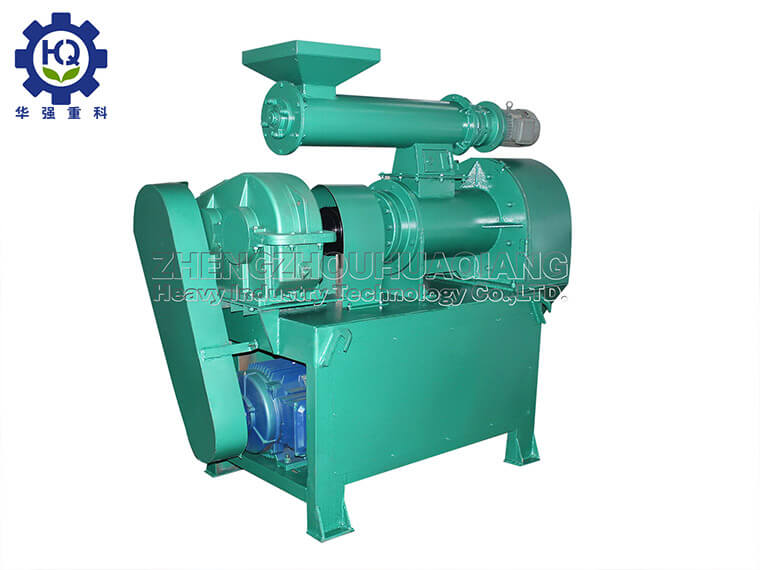In the granulation equipment of organic fertilizer production line, although hydraulic roller granulator and double roller press granulator are both granulation equipment, they have significant differences in core performance. Choosing the right model is the key to improving efficiency.

Structural design determines the pressure control logic. The double roller press granulator relies on mechanical springs to adjust the pressure. The pressure stability is easily affected by the hardness of the material, and the particle strength is often uneven. The hydraulic roller granulator accurately controls the pressure through the hydraulic system, and can adjust the parameters in real time according to the material characteristics. When processing high-fiber or high-humidity raw materials, it can also stabilize the output pressure to avoid cracking and loosening of particles.

The range of applicable raw materials is significantly different. The double roller press granulator is suitable for dry, low-viscosity materials, such as a mixture of decomposed organic fertilizer and auxiliary materials. The raw material moisture exceeds the standard and is easy to stick to the roller and block the material. The hydraulic roller granulator can efficiently process high-moisture materials and can also deal with raw materials containing crude fiber, greatly reducing the pretreatment cost.
The key to comparing granulation effect and efficiency. The forming rate of the double roller press granulator is medium, and the regularity of the particles is greatly affected by pressure fluctuations; the hydraulic roller granulator has a higher forming rate, uniform particle density, high strength, and is easy to screen and package. In continuous production, the hydraulic system automatically maintains pressure to reduce downtime and adjustment, and the daily production capacity is more advantageous than traditional models.
In terms of energy consumption and maintenance costs, the initial investment of the hydraulic roller granulator is slightly higher, but the power consumption per ton of material is lower, the replacement cycle of wearing parts is longer, and the long-term cost advantage is significant. The double roller press granulator is suitable for small-scale and stable raw material scenarios, with low initial investment and simple maintenance.
The selection of the machine needs to be combined with raw materials, production capacity and cost. The hydraulic model is suitable for large-scale production, and the double roller press model is suitable for small and medium-sized lines. The two together constitute an efficient solution for the granulation link.